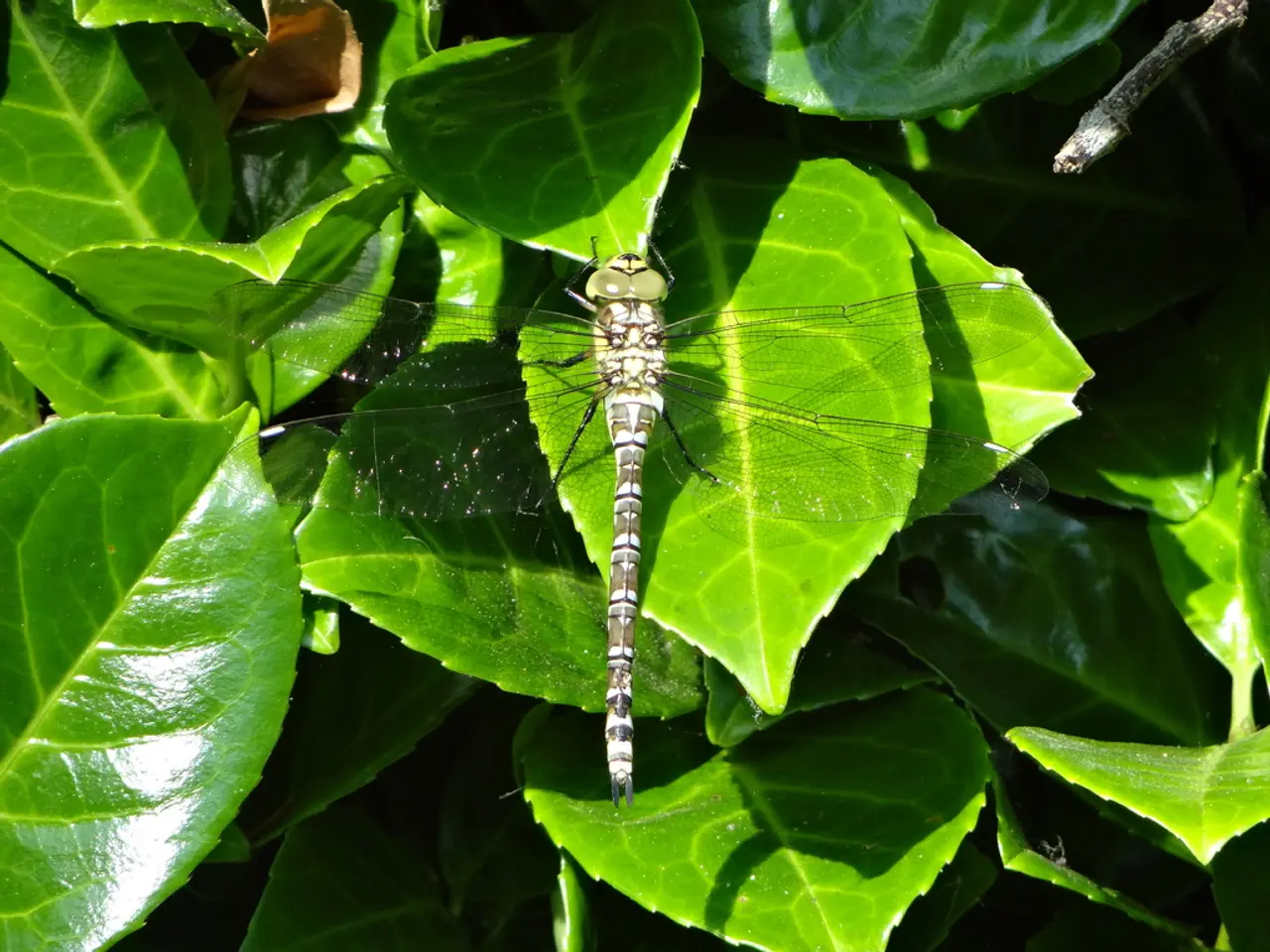China combats mosquito-transmitted disease using techniques comparable to the Covid-era, prompting the U.S. to issue a travel advisory.
In southern China, the ongoing chikungunya fever outbreak has persisted for nearly two months, with the hardest-hit city being Foshan in Guangdong Province. This tropical disease, first identified in Tanzania in 1952, has primarily spread in the Americas, Africa, and Asia.
The Chinese Ministry of Health has been actively reporting cases in Guangdong, and international attention and calls for urgent measures have come from organisations such as the World Health Organization (WHO) to prevent large-scale epidemics. The French vaccine manufacturer Valneva is also involved, developing vaccines to address the disease.
Clinics and hospitals in China have set up mosquito-proof beds to isolate patients with chikungunya. Local authorities have enlisted grassroots workers to disperse insecticide on the streets and clear stagnant pools of water where mosquitos breed. Residents have been urged to install screen windows and light mosquito coils at home to prevent the spread of the disease.
Workers are spraying insecticide in affected areas multiple times a day as part of the containment strategy. This approach mirrors China's strict zero-Covid policy, with people and organisations bound by law to follow instructions from health officials in containing the virus, with failure to comply leading to warnings, fines, and even civil liability.
Suspected patients are required to report their cases promptly and comply with the quarantine mandate. The chikungunya virus is transmitted primarily through the bites of infected mosquitos and does not spread directly from person to person.
Unusually hot weather in recent years has led to an "increasing number" of locally acquired chikungunya cases in areas that had been unaffected by the virus for the past decade, such as Europe. Experts suggest that the bigger challenge is the impact of climate change, as rising temperatures and more severe weather create new habitats for virus-carrying mosquitos to thrive and spread diseases.
Foshan, with a population of over 9 million people, has ended its public health emergency response that lasted for about a month as of Aug. 25. The city kept new daily cases under 50 for nine days, marking a significant improvement in the containment of the outbreak. However, with chikungunya having been reported in over 110 countries across every continent except Antarctica, and at least 5.6 billion people living in places at risk from it, according to the WHO, the global fight against this disease continues.
The chikungunya virus symptoms include debilitating joint pain, muscle pain, headache, nausea, fatigue, and rash. While the disease is rarely fatal, it can have long-lasting, severe symptoms. The combined total of chikungunya cases reported across mainland China from 2010 to 2019 was 519 cases. As of now, about 270,000 cases of chikungunya have been recorded globally this year, including in the Americas, Europe, and Southeast Asia. At least 110 related deaths have been reported globally due to the chikungunya outbreak this year.
According to Dr. Chan, humans are just one part of the ecosystem and live with various species, including mosquitoes, ticks, and other vectors that can carry diseases like chikungunya. As the world continues to grapple with the ongoing pandemic and other health crises, the importance of a coordinated global response to emerging infectious diseases cannot be overstated.
Read also:
- Peptide YY (PYY): Exploring its Role in Appetite Suppression, Intestinal Health, and Cognitive Links
- Toddler Health: Rotavirus Signs, Origins, and Potential Complications
- Digestive issues and heart discomfort: Root causes and associated health conditions
- House Infernos: Deadly Hazards Surpassing the Flames








